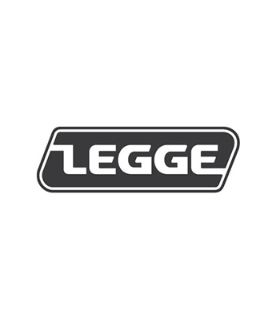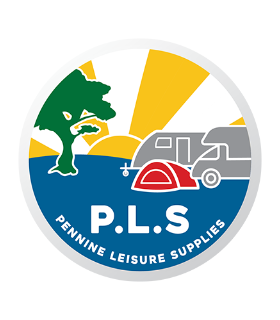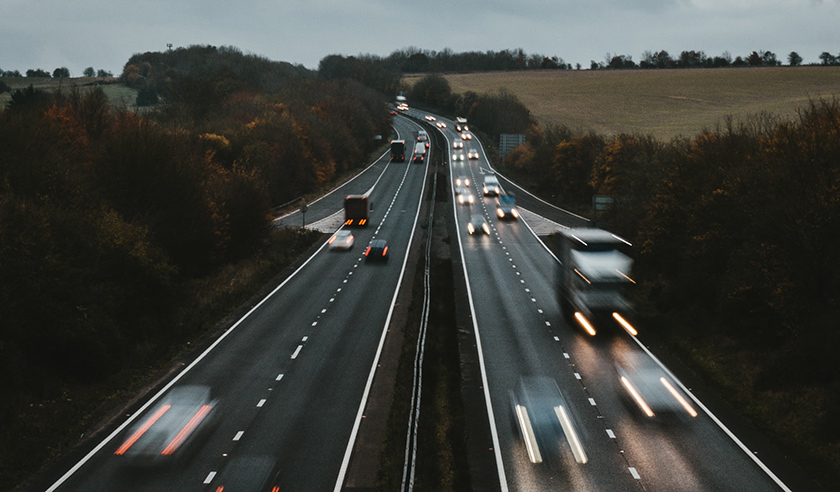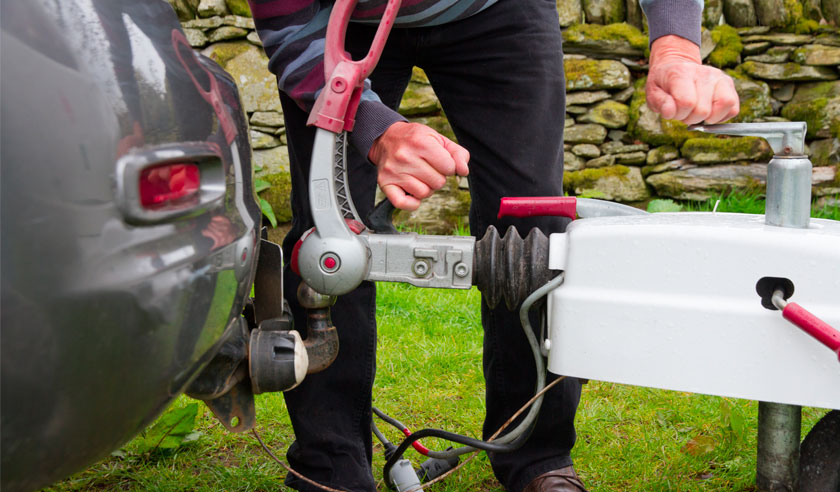In the UK, speed limits vary according to the type of road being travelled and drivers are required to know the speed limits in force on the roads. Where there might be doubt, there will usually be a road sign. But what about if you are towing a caravan? Do you know the speed limits that apply? This handy guide has all the advice you need, to stay on the right side of the law when holidaying in this country.
The most important thing to point out is that, when towing a caravan, there are different speed limits in force which are different to those in normal driving. Unfortunately, there are no road signs to remind you of this so before setting off on your touring holiday, it is vital to know the speed limits. To add more confusion to the mix, there is a further complication to be taken into account - the speed limits for cars towing a caravan and cars that are not, are only the same on some roads and not all! To make it as easy as possible, we will take you through the limits that apply on the different classifications of road you will come across when towing your caravan.
Motorways
On motorways with no roadworks and no temporary speed restrictions, the speed limit for a car that is not towing a caravan is 70 mph. When towing a caravan, however, the law requires you to drive more slowly and you are subject to a limit of 60 mph. This difference of ten miles per hour will help to maintain the stability and safety of your vehicles. If there is a lower speed limit in force, a vehicle towing a caravan does not have to drive at 10 mph more slowly and can follow the lower limit in place.
When towing a caravan on a motorway, as well as being required to drive more slowly than other vehicles, you also have to abide by other restrictions. On a three lane or more motorway, a vehicle towing a caravan is NOT allowed to drive in the outside lane. Irritating as this may be, it will ensure that the flow of traffic in the overtaking lane is not hampered by slow moving vehicles. On motorways with just two lanes, a vehicle towing a caravan is allowed in the outside lane but MUST return to the inside lane once the manoeuvre is complete, which is exactly the same as vehicles that are not towing.
Dual carriageways
On a dual carriageway with the standard speed limit of 70 mph, a vehicle towing a caravan is subject to the same rules as motorway driving. That is, it must drive at no more than 60 mph. The exception to this is if there is a lower limit in place. In this case, you are not required to drive ten miles slower than other traffic, and the lower limit in force applies to you. So, on a dual carriageway with a 70 mph speed limit, a vehicle towing a caravan must observe a 60 mph limit.
Where there is a lower limit, this also applies to towing vehicles and you do not need to drive more slowly than other vehicles.
Single carriageways
On single carriageways, where the usual 60 mph speed limit applies, a vehicle towing a caravan must travel at 50 mph. If restrictions are in place and a lower speed limit is in force for all vehicles, that speed limit must be followed. Additionally, on single carriageways, vehicles towing caravans must pull over to allow a build up of traffic to go past. This is not just a point of courtesy but is mandatory. The Highway Code rule 169 states, ‘Do not hold up a long queue of traffic, especially if you are driving a large or slow-moving vehicle. Check your mirrors frequently, and if necessary, pull in where it is safe and let traffic pass’.
Roads with lower speed limits
On roads where a lower speed limit applies to vehicles not towing a caravan, the same speed limits apply to a vehicle that is towing. So, if the speed limit is posted at 20, 30, 40 or 50 mph, that is the limit you are allowed to follow if towing a caravan. Regardless of the lower speed limits on some roads, any vehicle must drive at a speed appropriate to the road conditions – the speed limit is a limit, rather than a goal target. When towing a caravan, this is of paramount importance as stopping distances will be affected by conditions such as strong winds, and in situations such as compromised cornering.
Whenever you are towing a caravan, make sure you are fully aware of the speed limit restrictions; this will not only keep you and other road users safe, but it will ensure you stay on the right side of the law.
Happy touring!























.jpg)